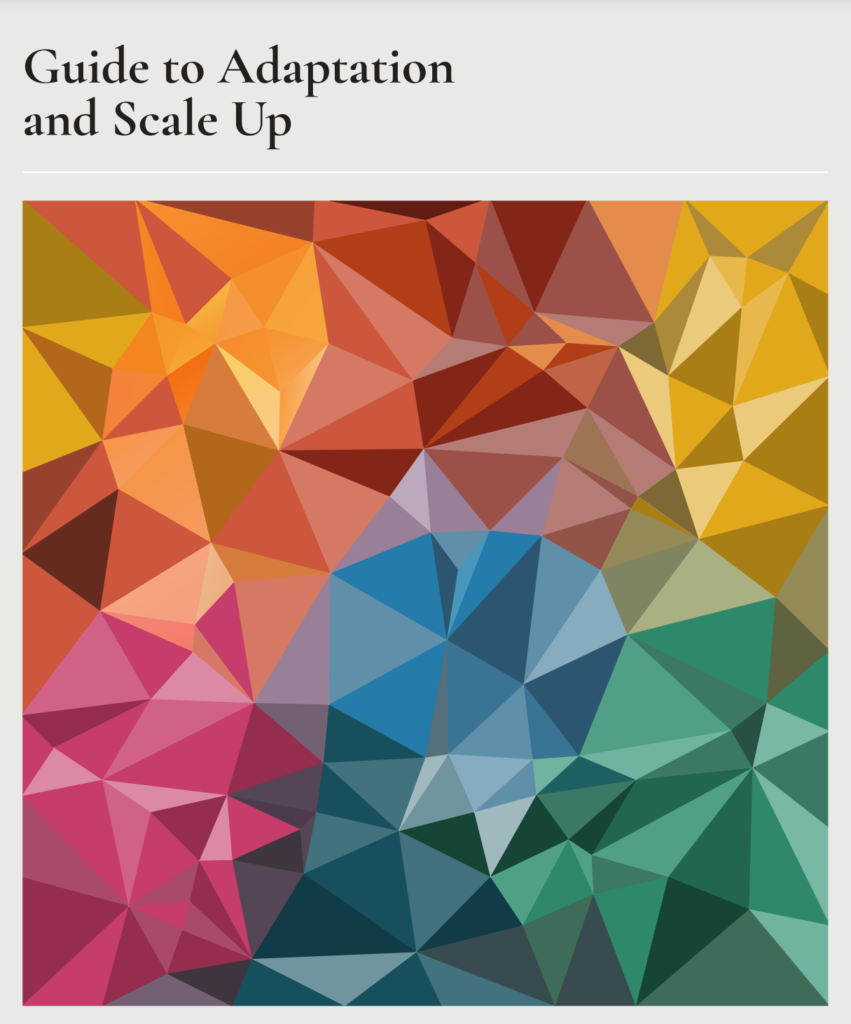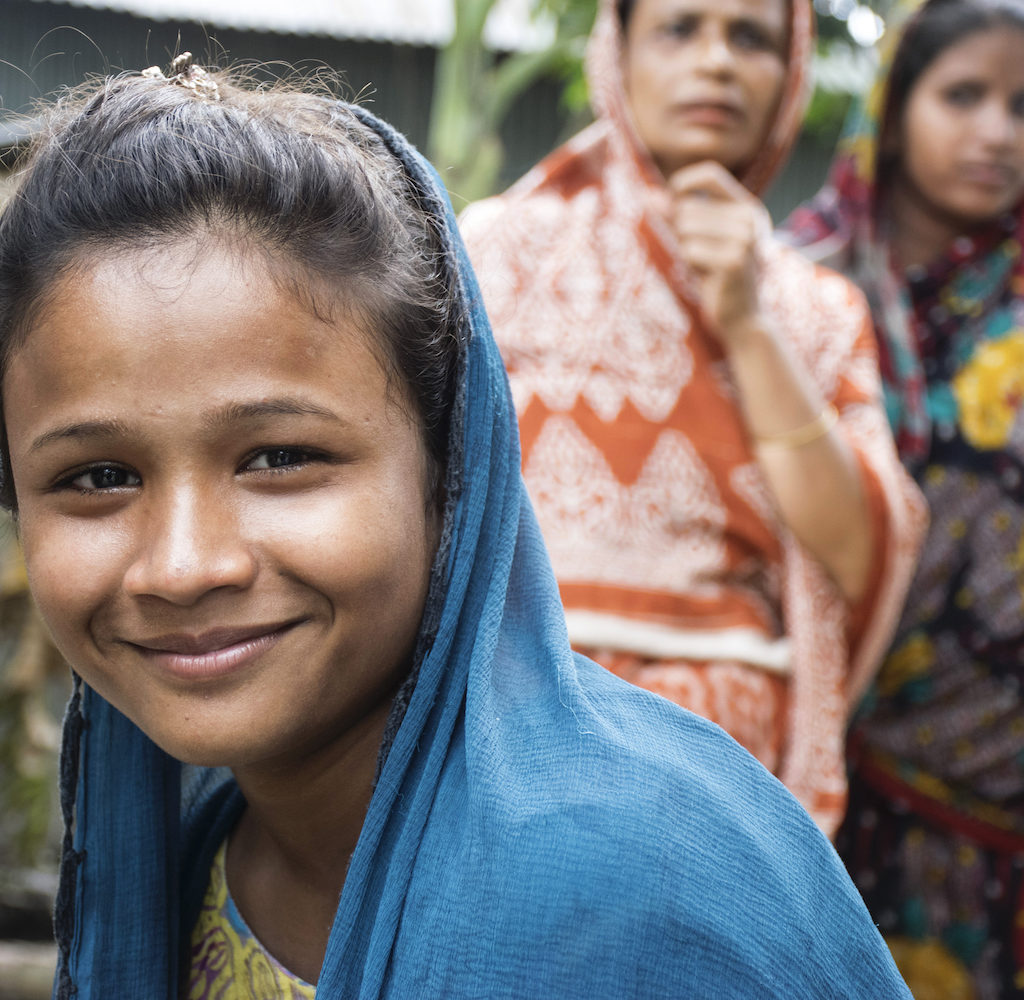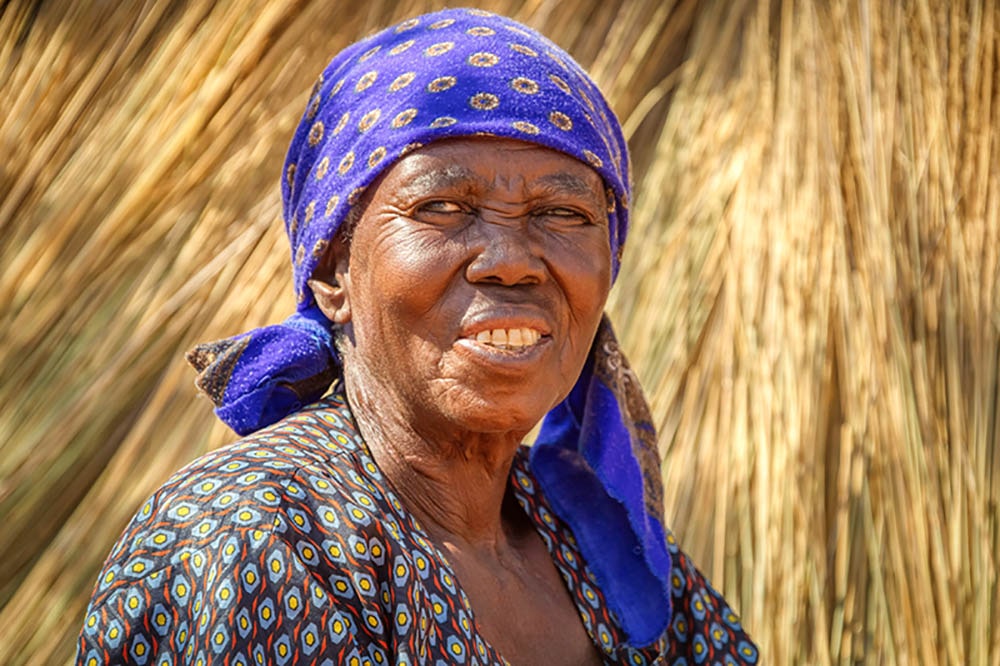
Many current violence prevention models, while effective, have only shown small-scale impact among select participants or communities. To address the high rates of violence globally, we need to scale our efforts.
Scaling refers to deliberate efforts to increase an intervention or programme’s impact to benefit more people and/or create lasting policy or institutional change. There are four types of scaling: horizontal (expansion or replication), vertical (policy, political, legal, or institutional scaling), functional (adding interventions to an existing package), and spontaneous diffusion.
We continue to grapple with key scale-up questions around how to distil the core elements of a programme, maintain high quality and fidelity at scale, select appropriate staffing or delivery mechanisms, and monitor to ensure we do no harm.
Experience from fields such as family planning and HIV prevention demonstrate that scalability should be an element of programme design from day one. This page provides resources for considering scale in violence prevention.

Nine Steps for Developing a Scaling-Up Strategy

INSPIRE Adaptation and Scale Up Guide

ExpandNet: Advancing the Science and Practice of Scale-Up

Social Norms Change at Scale: Collective Insights and Case Studies

Scaling Up – From Vision to Large-Scale Change: Tools and Techniques for Practitioners

